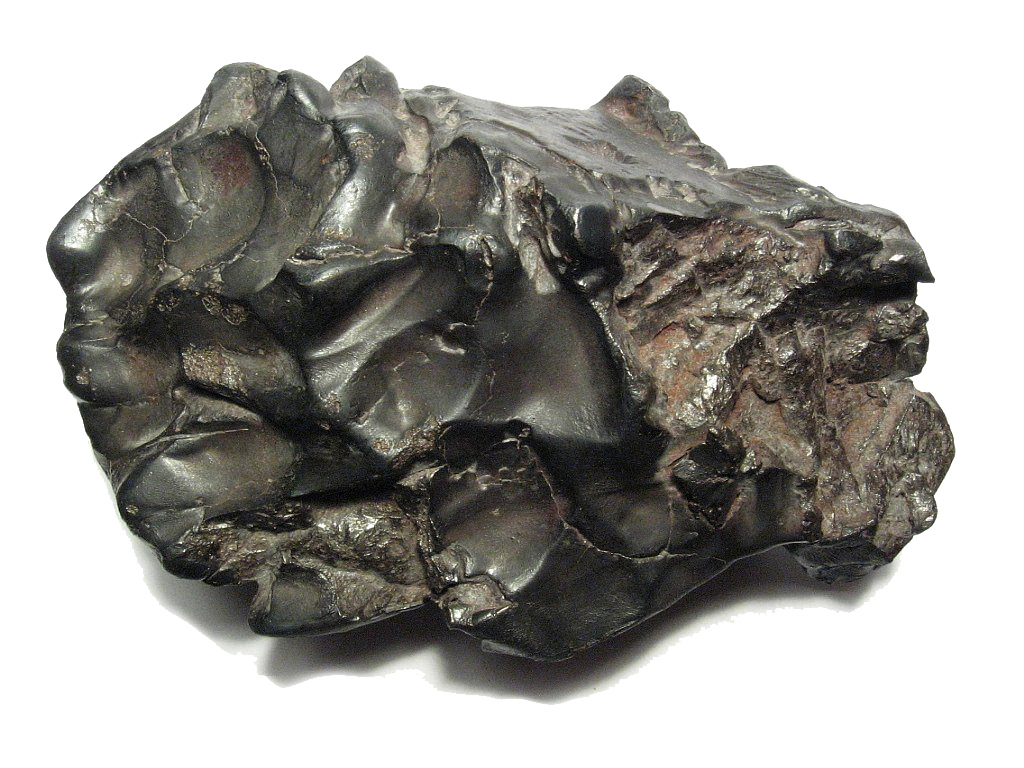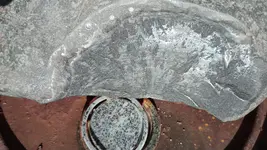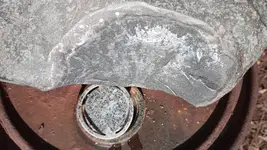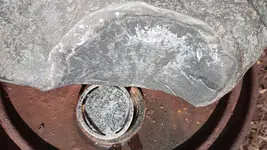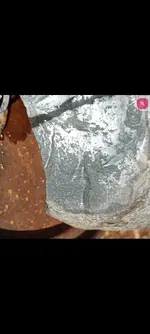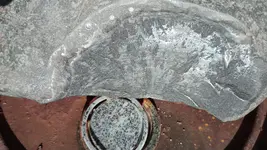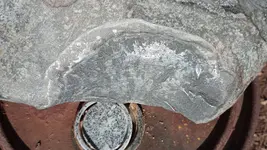Hawaii
Jr. Member
- Joined
- Nov 23, 2019
- Messages
- 53
- Reaction score
- 36
- Golden Thread
- 0
- Location
- North shore oahu
- Primary Interest:
- All Treasure Hunting
Amazon Forum Fav 👍
Attachments
-
 IMG_2022-11-12-21-54-09-840.jpg899.3 KB · Views: 86
IMG_2022-11-12-21-54-09-840.jpg899.3 KB · Views: 86 -
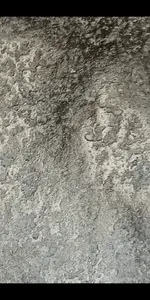 Screenshot_20221126-195115.png471.4 KB · Views: 86
Screenshot_20221126-195115.png471.4 KB · Views: 86 -
 Screenshot_20221126-195450.png516.3 KB · Views: 76
Screenshot_20221126-195450.png516.3 KB · Views: 76 -
 Screenshot_20221126-195549.png461.3 KB · Views: 76
Screenshot_20221126-195549.png461.3 KB · Views: 76 -
 Screenshot_20221126-195604.png473.2 KB · Views: 77
Screenshot_20221126-195604.png473.2 KB · Views: 77 -
 Screenshot_20221126-195604.png473.2 KB · Views: 75
Screenshot_20221126-195604.png473.2 KB · Views: 75 -
 Screenshot_20221126-195604.png473.2 KB · Views: 94
Screenshot_20221126-195604.png473.2 KB · Views: 94




